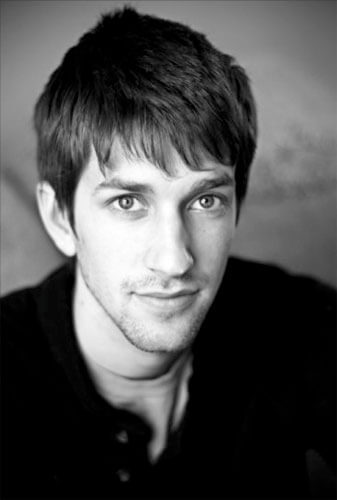
Robby Cavanaugh is a self taught photographer based in Southern California. He was born on April 26th, 1988 in the US. His fine-art based work began in 2010 and has already been recognized internationally, being featured in numerous media worldwide. During the past year, his emerging work has won him numerous international awards and publications. He strives to create works that transcend the reality we all see, to a reality we can all feel. Robby’s vision for his photography lies on the edge of dreams, where the surreal meets the material.
(Source: www.robbycavanaugh.com/)